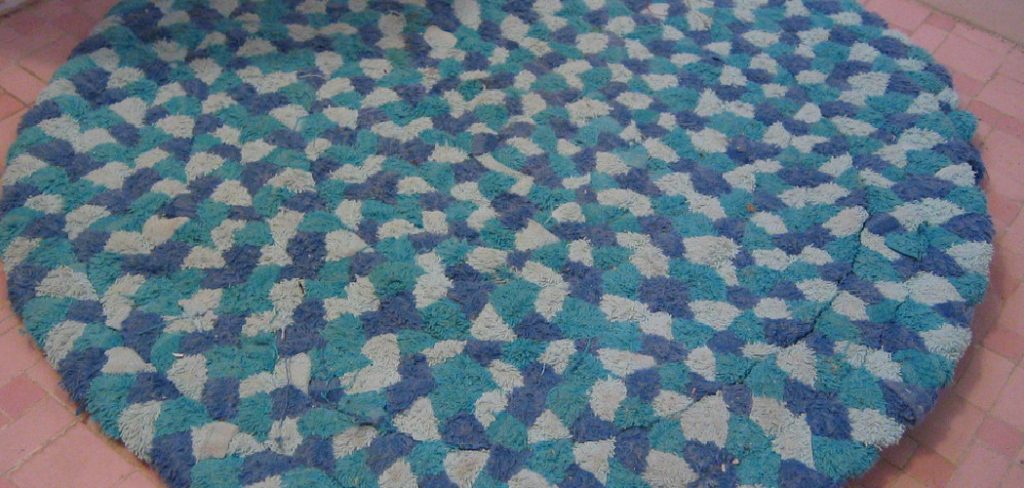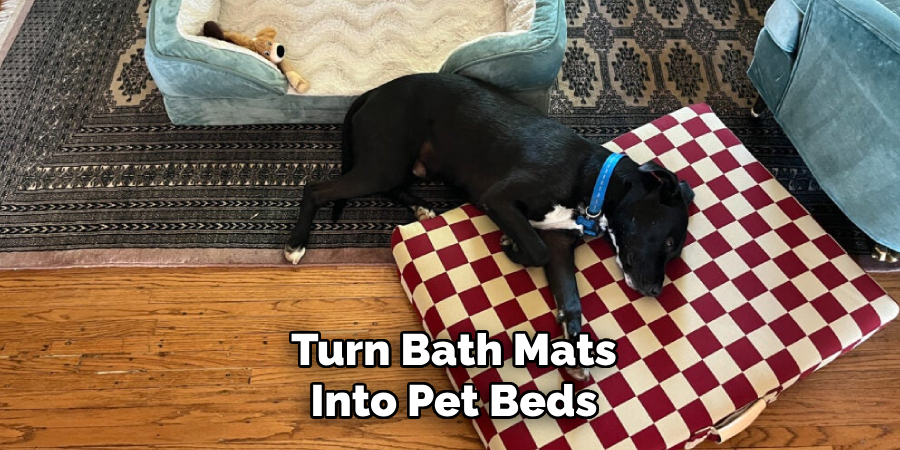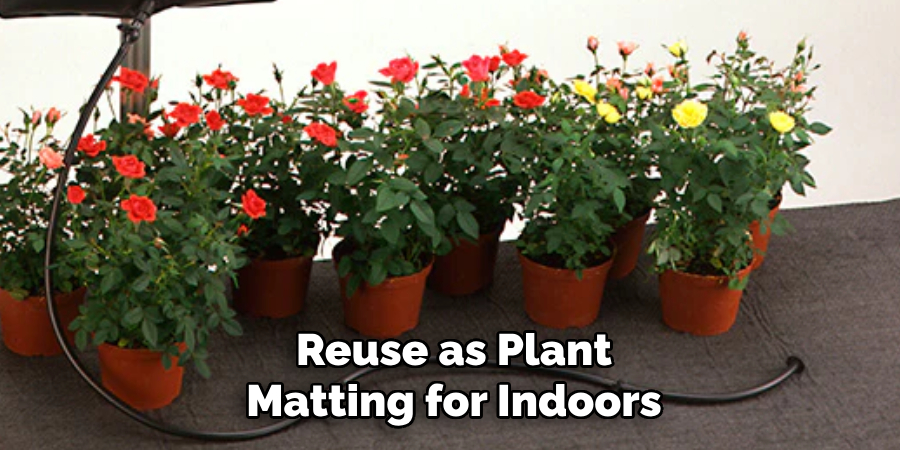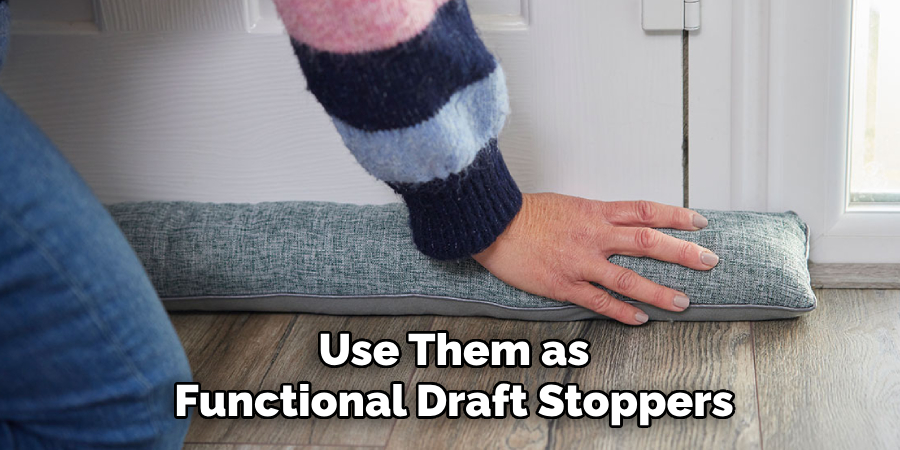Bath mats are an essential part of our daily lives, but over time, they can become worn out or outdated. Instead of discarding them, repurposing old bath mats is a creative and sustainable way to give them new life. From household uses to DIY projects, there are countless ways to transform these items while reducing waste and saving money. This guide will explore practical and inventive ideas for how to repurpose old bath mats.

When to Repurpose a Bath Mat Instead of Tossing It
Deciding when to repurpose a bath mat instead of throwing it away depends on its condition and your needs. If the mat has minor wear and tear, such as frayed edges or faded colors, it may still be suitable for upcycling projects or alternative uses around the house. However, if the bath mat is extensively damaged, moldy, or has a lingering odor despite thorough cleaning, it may not be safe or practical to repurpose.
Assess the material as well—rubber-backed mats or those made from durable fabrics often have greater potential for repurposing. By repurposing rather than tossing, you can extend the life of the item and contribute to a more sustainable lifestyle.
10 Methods How to Repurpose Old Bath Mats
1. Turn Them Into Pet Beds or Liners
One of the most practical ways to repurpose an old bath mat is by transforming it into a cozy resting spot for your pets. Because bath mats are soft and padded, they make excellent pet bed liners or standalone mats. Simply wash and sanitize the mat, and place it inside a pet crate, carrier, or under your pet’s favorite sunny window.

For added comfort, fold it in half or sew two mats together for extra thickness. Many pets love the soft texture and familiar scent, making it an immediate hit for nap time.
2. Use as a Cushioned Kitchen Mat
Old bath mats can be repurposed as cushioned floor mats in your kitchen, especially in areas where you stand for long periods—like in front of the sink or stove. These mats can help reduce foot fatigue during meal prep or dishwashing. Choose bath mats with non-slip backings, or add some rug tape underneath for safety. You can also give them a fresh look by sewing on a new fabric cover, matching your kitchen decor and making it seem brand new.
3. Protect Car Interiors from Dirt and Mud
Transform your old bath mats into handy car floor protectors. Their absorbent and padded nature makes them great for catching dirt, mud, or pet hair during road trips or everyday commutes. Cut the mats to size if needed and place them under your feet or on the car’s backseat to protect from spills. Bath mats with rubber backs will naturally grip car floors, making them an easy, low-cost alternative to expensive car liners—especially useful during rainy or snowy seasons.
4. Reuse as Plant Matting for Indoors or Outdoors
Old bath mats make perfect liners or drip catchers for houseplants. Simply place them under pots to catch excess water and soil, preventing damage to your floors or furniture. For outdoor gardens, you can cut bath mats into smaller pieces and use them as mulch around plant bases to help retain moisture and reduce weeds.

Mats that are overly worn or torn can be shredded and mixed into compost piles for organic matter, especially if made from natural materials.
5. Turn into Cleaning Rags or Mop Pads
Rather than buying disposable cleaning products, cut your old bath mats into small squares to use as cleaning rags or reusable mop pads. The thick pile is perfect for scrubbing surfaces, absorbing spills, or wiping up grime. For mops, simply cut the mat to fit your mop head and attach it with Velcro, rubber bands, or stitching. Not only is this method budget-friendly, but it’s also a great way to reduce single-use waste in your cleaning routine.
6. Make Soft Padding for Kneeling or Gardening
Gardeners and DIYers often need something soft to kneel on during tasks. Old bath mats can be cut and used as kneeling pads, providing relief to knees while planting, weeding, or working on home repairs. You can fold the mat or double it up for added cushioning, then use a strip of fabric or ribbon as a handle for easy portability. This type of knee pad is washable, durable, and more comfortable than thin foam options.
7. Craft Door Draft Stoppers for Cold Seasons
Repurpose bath mats into functional draft stoppers to prevent cold air from creeping under doors in winter. Cut the mat to match the width of your door, roll it up tightly, and stitch it closed. For added insulation, you can fill the roll with rice, beans, or extra fabric scraps. Place the finished product along the bottom of your doors to block out drafts and reduce heating bills. This simple upcycling trick adds warmth and charm to your home.

8. Use as Shelf and Drawer Liners
Old bath mats can be cut into strips or squares and used as liners in drawers, toolboxes, or shelves. Their soft texture protects fragile items from scratches and absorbs any moisture or spills. This is especially useful in the bathroom or kitchen, where shelves often get wet. You can also use them to line shoe racks or under laundry baskets to keep floors protected and quiet. Simply measure, cut, and place—no adhesive necessary.
9. Create a DIY Pinboard or Craft Surface
If you’re into sewing, crafting, or organizing, turn your bath mat into a soft pinboard or base for projects. Mats with a dense texture are ideal for pinning fabric or holding small objects in place while crafting. Mount the mat onto a sturdy board or hang it directly on the wall using adhesive hooks. You can also wrap it in decorative fabric to match your craft room or workspace. It’s a creative and cost-effective solution for anyone who needs a temporary or movable work surface.
10. Fashion Pet Feeding Station Placemats
Bath mats are perfect for placing under pet food and water bowls to catch spills and crumbs. Their absorbent nature means fewer messes on your floor, and the non-slip bottom helps keep bowls in place during meal times. Choose mats that are easy to wash and durable, and if needed, trim them down to fit your feeding area. This is an especially helpful solution for messy eaters or households with multiple pets.
Things to Consider When Repurposing Items
When repurposing everyday items, it’s important to consider a few factors to ensure safety, practicality, and longevity. First, evaluate the material of the item—ensure it is durable and free from harmful chemicals, especially if it will be used around food or pets. Second, think about the size and dimensions to ensure the repurposed item suits your intended space or purpose.
Additionally, consider the ease of cleaning or maintaining the item for long-term usability. Creativity is key, but always ensure that functionality and safety remain a priority in your projects.
Maintenance and Upkeep
Proper maintenance and regular upkeep are essential to extending the lifespan of any repurposed item. Start by inspecting the item periodically for signs of wear, damage, or instability, especially if it is used frequently or exposed to outdoor elements. Clean the item as needed, using appropriate cleaning agents and methods that won’t harm the materials.

If the item includes moving parts, consider lubricating them to ensure smooth operation. For items exposed to moisture or sunlight, applying protective coatings can help prevent rust, decay, or fading. Consistent care not only preserves the functionality but also ensures the item continues to serve its purpose effectively for years to come.
Troubleshooting Common Issues
Even with regular maintenance, items can occasionally encounter problems that need attention. Here are some common issues and steps to resolve them:
Stiff or Jammed Parts
- Cause: Lack of lubrication or accumulation of dirt and debris.
- Solution: Clean the affected area thoroughly and apply an appropriate lubricant to ensure smooth movement.
Rust or Corrosion
- Cause: Prolonged exposure to moisture or inadequate protective coatings.
- Solution: Remove rust with a wire brush or rust remover, and apply a rust-preventive coating to protect the surface.
Fading or Discoloration
- Cause: Excessive exposure to sunlight or harsh environmental conditions.
- Solution: Apply UV-protective coatings and, if possible, store the item in a shaded area when not in use.
Loose or Worn Fasteners
- Cause: Vibration, frequent use, or natural wear over time.
- Solution: Tighten all screws, nuts, or bolts and replace any worn or damaged fasteners as needed.
By identifying and addressing these issues early, you can prevent further damage and prolong the lifespan of the item. Regular inspections are key to catching potential problems before they escalate.
Conclusion
Repurposing old bath mats is not only a sustainable choice—it’s a fun and practical way to stretch the life of everyday household items. From creating pet accessories and gardening aids to improving comfort in the kitchen or car, the possibilities are both varied and useful. Instead of discarding a worn mat, consider how it can serve a new purpose elsewhere in your home. So, there you have it – a quick and easy guide on how to repurpose old bath mats.

